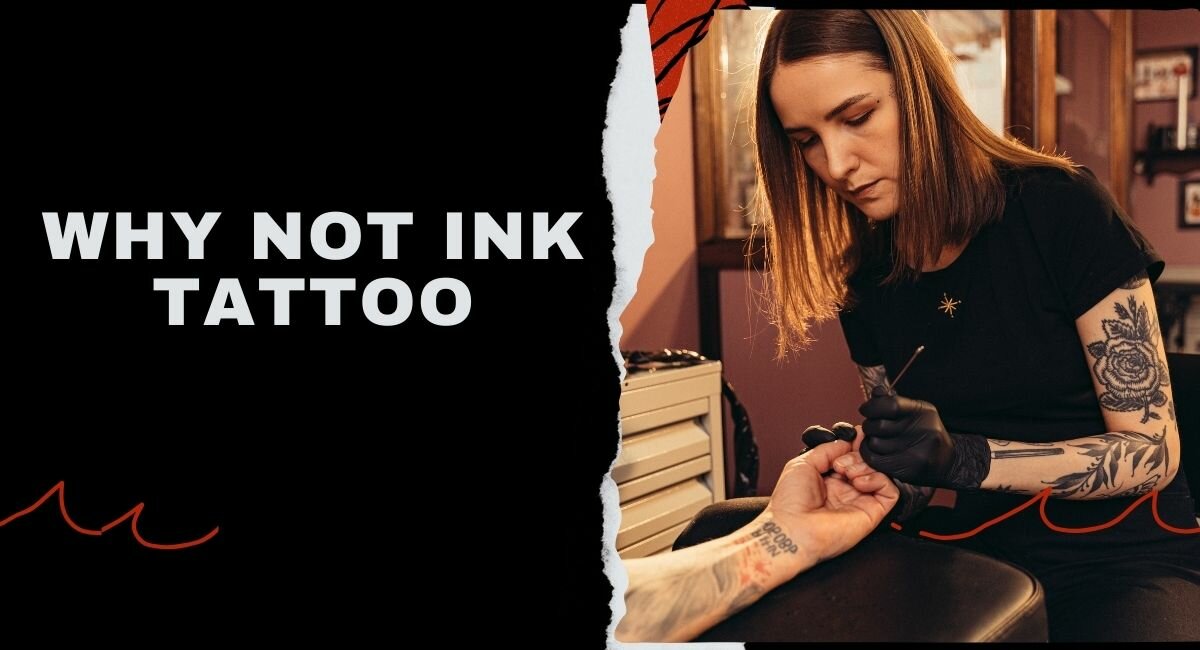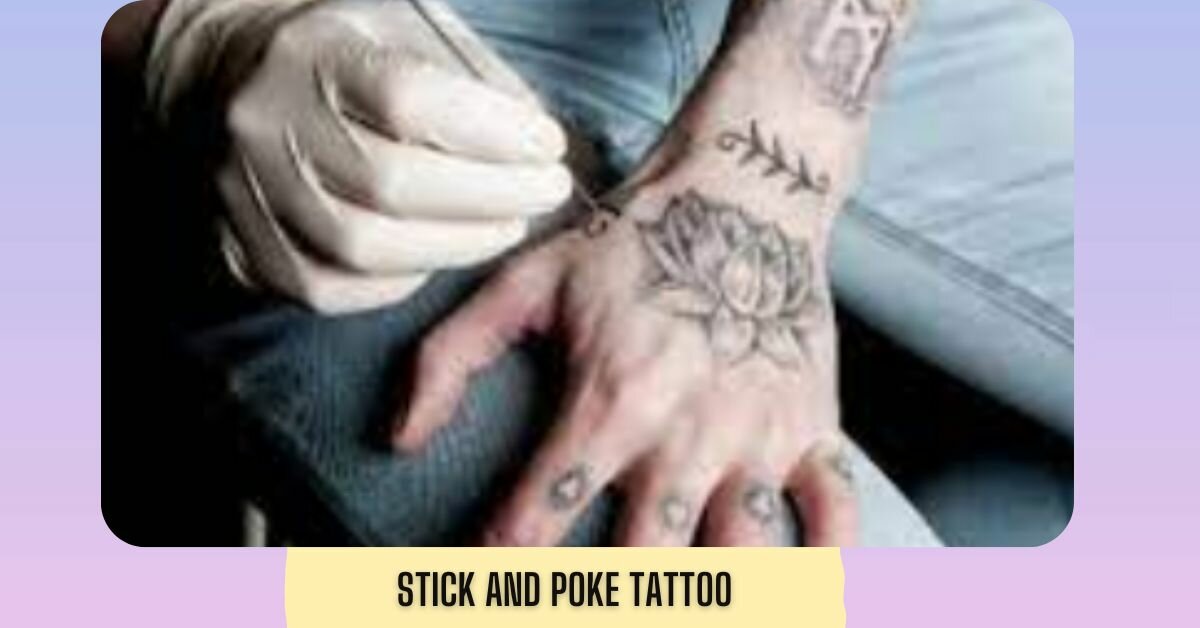It takes time to heal a skin wound after a tattoo, sometimes several days or weeks. Taking care and proper treatment supports the healing process. It’s better to avoid swimming after a tattoo because it disturbs the healing process and might infect or delay healing skin.

To get the best advice, you will need to ask your tattoo artist. He knows the care best suited to his working technique. Each tattoo artist has their specificities. And if you listened to his advice at the end of the session but were still recovering from your emotions after the passage of the needle, don’t panic!
This blog post summarizes 5 Golden rules to keep your tattoo intact and return to swimming in peace. But before discovering these rules, let’s discover the risks, precautions, and how long to wait before you can swim again.
What Are The Risks?

Swimming is not recommended when you have just had your tattoo done. It would help if you avoided prolonged contact with water to keep your tattoo’s appearance and ink intact. Avoid the sea, the swimming pool, the jacuzzies, the saunas, the sun’s rays, and the UV sessions.
Also, sea and swimming pool water are not recommended as they are full of dirt, bacteria, chemicals, and impurities. In contact with this water, your tattoo could become infected and not heal properly. But don’t worry about the shower. You can ideally wet your tattoo to clean it but avoid staying too long in your bath because the ink could be diluted in the water.
The Precautions To Take Swimming With New Tattoo
If swimming is not recommended, there are cases where you have no choice but to jump into the water. It is then possible to limit the damage by taking a few precautions.
First of all, take care to protect your tattoo by coating it with a protective cream or petroleum jelly. By creating a protective film on the surface, your tattoo will be more protected from water, and the ink will dilute less.
Also, consider applying a bandage to prevent it from coming into too much contact with water. You will find waterproof dressings in pharmacies. Once out of the water, remove the application and clean your tattoo thoroughly to remove any remaining chlorine, salt, or sand.
How long after a tattoo can you swim in freshwater?
If it is recommended not to bathe after a tattoo, it is apparent that this is a temporary recommendation. It is advisable not to wash for three weeks after getting a tattoo, which corresponds, on average, to the healing period. If your tattoo becomes infected or heals poorly, it is sometimes recommended to wait another week or two before bathing again.
5 Golden rules for Swimming in the ocean after tattoo:
1. STAY DRY THE FIRST 3 WEEKS AFTER YOUR TATTOO SESSION
Whether at sea or in the swimming pool, avoid contact with water at first to let your tattoo heal gently. Any prolonged aquatic contact is to be avoided; you would then risk disgorging the tattoo’s ink or attenuating the color. It is better to prevent any bathing if you want to preserve your tattoo pattern!
For example, pool water may present infection risks with your wound. Indeed, the water in the swimming pools is treated with products to disinfect the collections, which does not go well with an injury.
Lastly, avoid sports halls at all costs! Exercising stretches your muscles and makes you sweat. Pulling the skin and sweating excessively in your tattoo area can interrupt healing.
If you want to know more about tattoo styles, read this: tattoo ideas.
2. DON’T LET WATER RUN OVER YOUR TATTOO IN THE SHOWER
If it is unnecessary to protect your tattoo with cellophane or a plastic bag in the shower, avoid letting the water run on it for too long.
Quick Shower:
Take a quick shower and use lukewarm water. Avoid pointing the shower head directly at your tattoo if your shower pressure is intense.
Getting in the shower and letting the water run over you is not a problem, provided you only linger for a short time and avoid the tattoo area!
Don’t worry if you wet it superficially. It’s okay as long as it’s light. You will also need to soak it to clean the wound.
3. CLEAN THE WOUND REGULARLY
At the end of the session, your tattoo artist ensured that the wound did not become infected by applying a dressing with transparent film. After 3 to 6 hours, depending on your tattoo artist’s instructions, you can remove this bandage and proceed to the first cleaning.
This is a welcome step because once the skin is free of ink and blood residue, you can see the result of your tattoo for the first time!
Some important things to keep in mind:
- To clean the wound, first, start by washing your hands thoroughly. Avoid going with a washcloth or other exfoliating glove over your tattoo. These can harbor bacteria and increase the risk of wound infection.
- Use only your clean hand! And with that, a mild, fragrance-free soap.
- Cosmetics with alcohol or certain chemicals can irritate and dry out the skin. This can slow healing.
Once the wound is clean, pat with a clean towel or paper towel on your tattoo to dry the area gently. Conscientiously apply this cleaning twice daily, morning and evening, and soon return to the swimming pool!
4. LET YOUR TATTOO HEAL IN THE OPEN AIR
The transparent film applied by your tattoo artist at the end of the session is impervious to bacteria and protects your tattoo during the first hours. Once this bandage has been removed and the first cleaning of the wound has been carried out, let your skin breathe as much as possible!
Free air allows your wound to heal faster. So for the healing to take place in the best conditions, wear loose clothing and leave your tattoo in the open air as often as possible. Choose natural materials such as cotton, and avoid synthetic fabrics for your sheets and clothes!
Do Not Let Dry Your Tattoo:
The tattoo must be moisturized so as not to dry out, which could create scabs. However, be careful when applying the healing balm. Putting on more cream than necessary will not speed up the process. On the contrary, your tattoo may suffocate under too much of a layer; after applying the balm, massage with circular gestures to penetrate the cream deeply. Pamper your tattoo!
5. IF YOU GO IN THE WATER, PROTECT YOUR TATTOO
If you have to take water during the healing process, take certain precautions to ensure that your tattoo is preserved as much as possible. Start by protecting your wound with a barrier cream. Then add a second layer of protection with a waterproof bandage that you stick over your tattoo.
These items are easily found in pharmacies. The last precaution is to quickly clean your tattoo with clean water as soon as you get out of the water. This will rid your skin of residual chlorine, salt, or sand.
The time it takes for your tattoo to heal completely depends on the size of the tattoo, its location, your lifestyle, and your aftercare.
Protect Tattoo Skin :
As long as a new layer of protective skin has not covered your tattoo, the wound remains vulnerable to the elements: bacteria, sun, chemicals, and pollution. Your tattoo has already healed well when it stops flaking or peeling, and the scabs have fallen off. The average “first healing” time is between 2 and 4 weeks. Total healing takes place after three months.
You will be told that the ideal is to be healed in winter to avoid the sun’s rays as much as possible. But if summer is coming and you’ve just gotten a tattoo, that’s fine too! Respect the five golden rules of Tritattoo, and your healing will be rapid. With serious aftercare and hygiene, you’ll soon be able to proudly sport your tattoo by the pool or at the beach.
Conclusion:
Tritattoo protecting a tattoo while swimming is possible by taking a few precautions. The most effective way to waterproof a tattoo for swimming is to cover it with a waterproof tattoo cover-up or wrap. These products are specifically designed to protect tattoos from water and can be easily applied to the skin.
Other waterproofing options include applying a layer of petroleum jelly or using a waterproof tattoo sealant.
However, these methods may provide less protection than a cover-up or wrap. It is important to remember that even with these precautions, it is still possible for water to seep into the tattoo and potentially cause irritation or fading. It is always best to consult with a tattoo artist or dermatologist before attempting to waterproof a tattoo.







